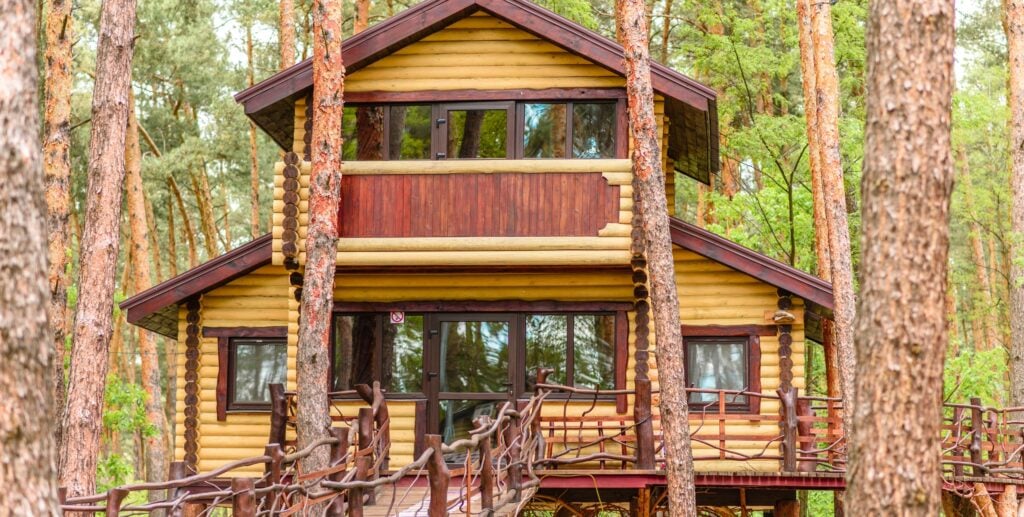Neighbouring nations like Bangladesh, Maldives, Sri Lanka, Nepal, Bhutan, and other friendly nations like Iran will get access to India’s 5G testbed, officials said.
The tech will enable start-ups and government agencies in these countries to research and develop 5G technologies suited to their particular needs, and share innovation.
The highly discounted testing services will be opened to all allied nations, the officials said. The proposal has come from Telecom Minister Ashwini Vaishnaw, who has pushed for India playing a bigger role in technological partnerships with other nations, they said.
“More discussions on the proposal will be soon held. Other nations will be asked to apply for the same,” an official said.
The development of the indigenous testbed was hailed as a key milestone step for India’s becoming self-reliant in the 5G technology domain and building the ecosystem for domestic manufacturing of 5G telecom equipment.
India’s move to allow the use of its facilities will allow other nations to expand their 5G roll-out plans or fine-tune existing communication technology, officials said.
Keeping in view India’s specific requirements for 5G deployment, the Department of Telecommunications (DoT) had back in 2018 approved a financial grant for a multi-institute collaborative project to set up the Indigenous 5G Test Bed in India at a total cost of Rs.224 Crore.
The eight collaborating institutes in the project — five Indian Institute of Technology (IITs) in Madras, Delhi, Hyderabad, Bombay, Kanpur; Indian Institute of Science-Bangalore, the Society for Applied Microwave Electronics Engineering & Research, and Centre of Excellence in Wireless Technology. It was finally inaugurated in May 2022.
The end-to-end test bed is compliant with the global 3rd Generation Partnership Project 3GPP standard, an umbrella term for a number of standards organisations, which develop protocols for mobile telecommunications and the Open Radio Access Network (O-RAN) standard. This is a disaggregated approach to deploying mobile front-haul and mid-haul networks built entirely on cloud native principles.
Varied use
The testbed has facilitated experiments in demonstration of applications of 5G in areas of key policy goals of the government such as rural broadband, smart city applications and intelligent transport systems. It has also helped Indian operators to understand the working of 5G technologies and plan their future networks.
It provides an open testing environment for Indian academia and industry to validate their products, prototypes, algorithms and demonstrate various services. It also allows complete access for research teams to work on novel concepts holding potential for standardization in India and on global scale.
The 5G Test Bed is available at five locations in Chennai, Delhi, Hyderabad, Kanpur and Bangalore. According to the DoT, two of these offer end to end testbed facilities with various testing services for levels of Radio Access Network (RAN), PHY (physical layer), the first and lowest layer in the seven-layer Open System Interconnection model of computer networking, and other test equipment.
The others have an array of testing facilities for NarrowBand-Internet of Things (NB-IoT), a standards-based low power wide area (LPWA) technology, end to end interoperability, and the open source 5G, and base band testbeds.
What is a testbed?
Testing a 5G use case in a controlled environment, or 5G testbed, is an important step in a network roll-out of the tech. Engineers test machine-to-machine 5G communication in a 5G testbed environment before a commercial roll-out. This allows them to get a sense for how the network is performing in a reasonable approximation of real-world applications
















